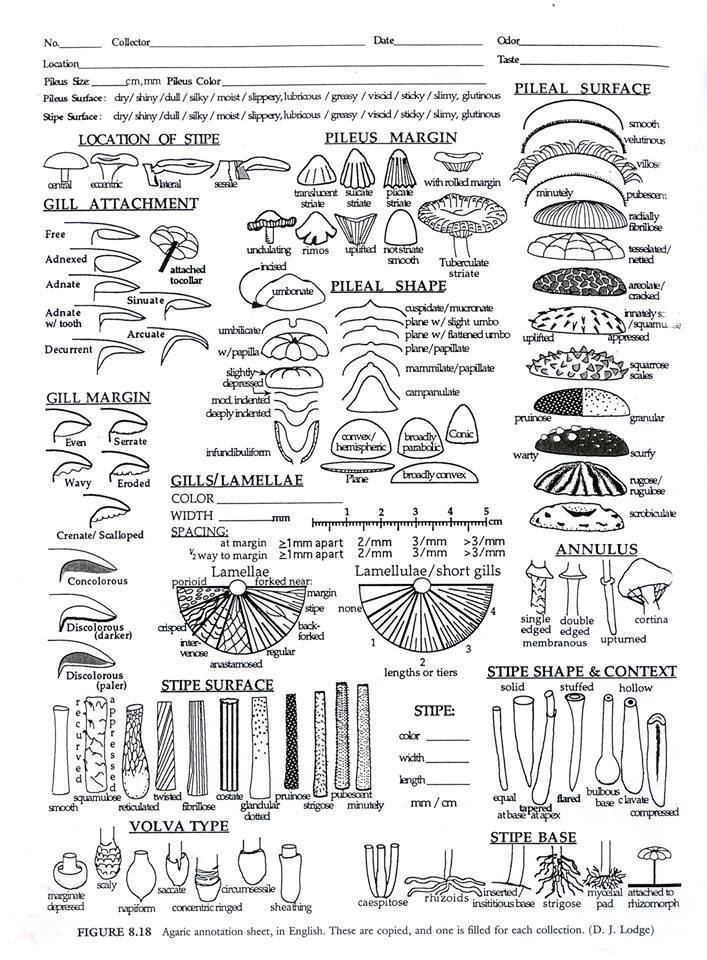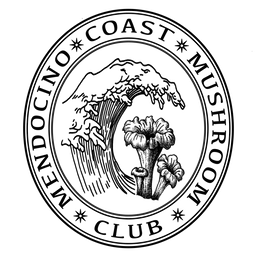California Indian ethnomycology and associated forest management
Many California Indian tribes utilized mushrooms for food, medicine, and/or technological purposes. This paper summarizes which mushrooms were important to different California Indian tribes in historic and modern times and how they were harvested, prepared, and stored. Oral interviews were conducted and the ethnographic literature reviewed to detail the extent and complexity of indigenous knowledge about fungi harvesting and associated burning to enhance mushroom populations and their habitats. Through two case studies, we review indigenous burning practices of several tribes in the lower montane mixed conifer forests of the central and southern Sierra Nevada, and the mixed evergreen forests of northern California. We explore the potential ecological effects of burning on these forests at different levels of biological organization and conclude by offering suggestions for research, management, and restoration practices needed to perpetuate usable mushrooms.
Citation: Anderson, Kat M.; Lake, Frank K. 2013. California Indian ethnomycology and associated forest management. 2013. Journal of Ethnobiology. 33(1): 33-85
Many California Indian tribes utilized mushrooms for food, medicine, and/or technological purposes. This paper summarizes which mushrooms were important to different California Indian tribes in historic and modern times and how they were harvested, prepared, and stored. Oral interviews were conducted and the ethnographic literature reviewed to detail the extent and complexity of indigenous knowledge about fungi harvesting and associated burning to enhance mushroom populations and their habitats. Through two case studies, we review indigenous burning practices of several tribes in the lower montane mixed conifer forests of the central and southern Sierra Nevada, and the mixed evergreen forests of northern California. We explore the potential ecological effects of burning on these forests at different levels of biological organization and conclude by offering suggestions for research, management, and restoration practices needed to perpetuate usable mushrooms.
Citation: Anderson, Kat M.; Lake, Frank K. 2013. California Indian ethnomycology and associated forest management. 2013. Journal of Ethnobiology. 33(1): 33-85
How to Make Spore Prints
Here's a step-by-step tutorial, beautifully illustrated by Milkwood Permaculture, for making spore prints.
Making spore prints is like seed saving for Mushrooms, as it were.
And not only are spore prints an easy and fun way to get to know mushrooms, if you chose to do it carefully, they’re also a very cheap way to cultivate more mushrooms at home…
Here's a step-by-step tutorial, beautifully illustrated by Milkwood Permaculture, for making spore prints.
Making spore prints is like seed saving for Mushrooms, as it were.
And not only are spore prints an easy and fun way to get to know mushrooms, if you chose to do it carefully, they’re also a very cheap way to cultivate more mushrooms at home…

